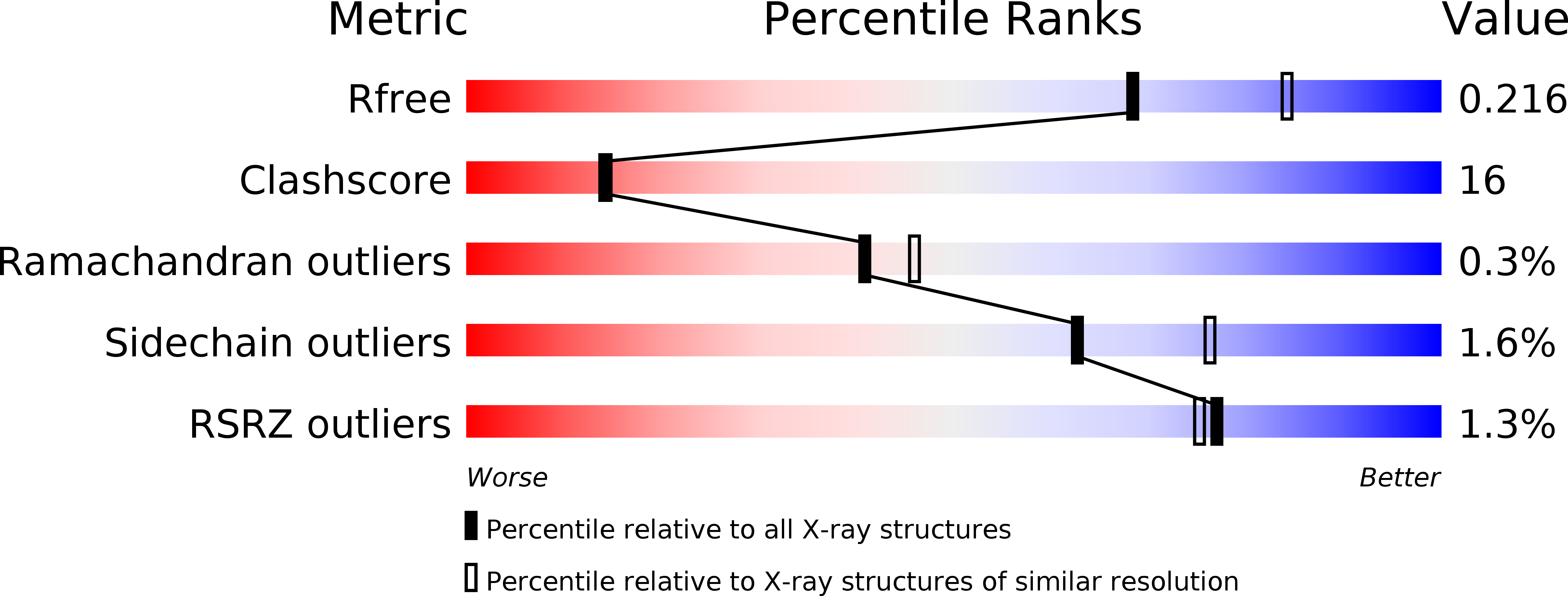
Deposition Date
2008-08-25
Release Date
2009-07-28
Last Version Date
2024-11-20
Entry Detail
PDB ID:
2ZR8
Keywords:
Title:
Crystal Structure of Modified Serine Racemase complexed with Serine
Biological Source:
Source Organism:
Schizosaccharomyces pombe (Taxon ID: 4896)
Host Organism:
Method Details:
Experimental Method:
Resolution:
2.20 Å
R-Value Free:
0.21
R-Value Work:
0.17
R-Value Observed:
0.17
Space Group:
C 1 2 1


